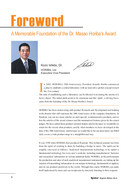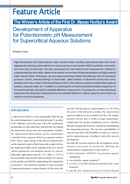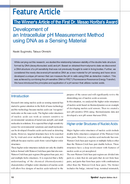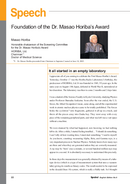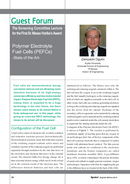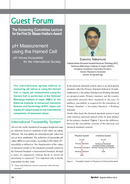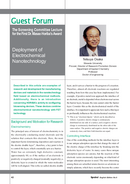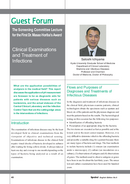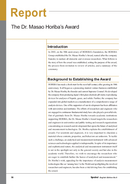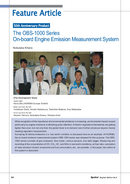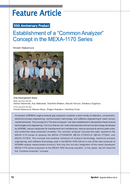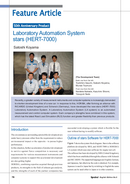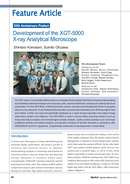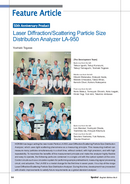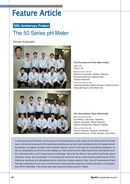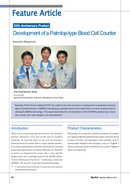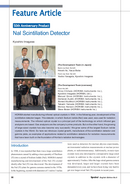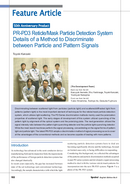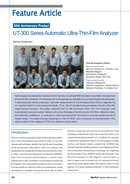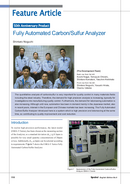PDF
0.39
MB

The B-211 and B-212 Twin Waterproof Compact pH Meters
Author: Nobuki Yoshioka; Yoshiyuki Nakajima
– Our new Twin Waterproof compact pH meters, models B-211 and B-212, feature improved performance and resistance to immersion. These pH meters will continue to operate reliably even after they have been dropped into water. These innovative products use conventional technology, such as sheet-type composite electrodes, but have been improved to allow convenient use in many new applications and under very demending field conditions. In this paper, the products' construction, functions, and performance are outlined with particular focus on the benefits of the waterproof case, the sensor guard, and the scoop-up measuring feature.
(Same content in Japnese is in Readout No.9-Japanese edition-.)



